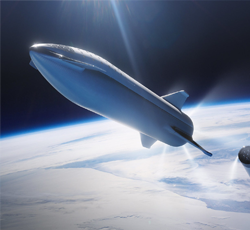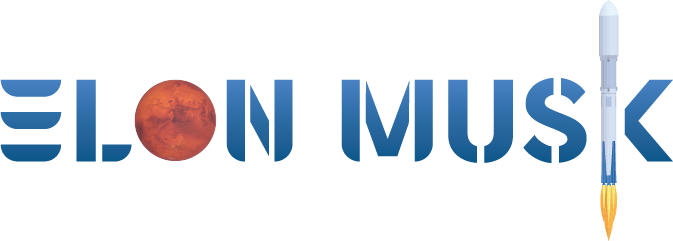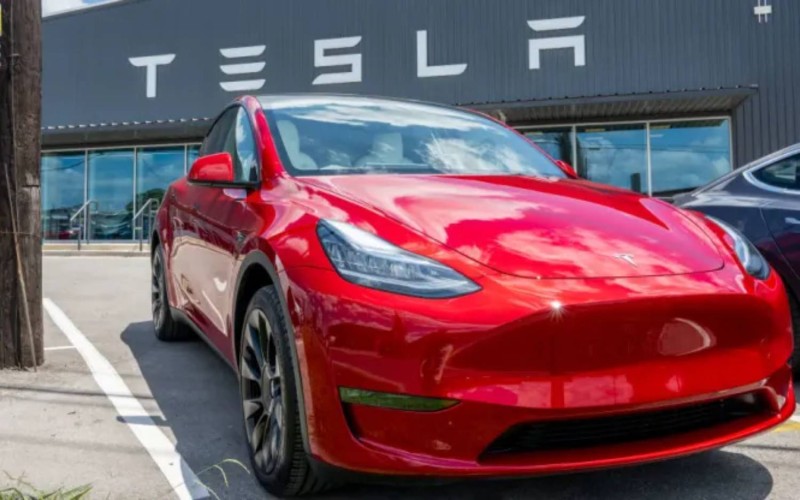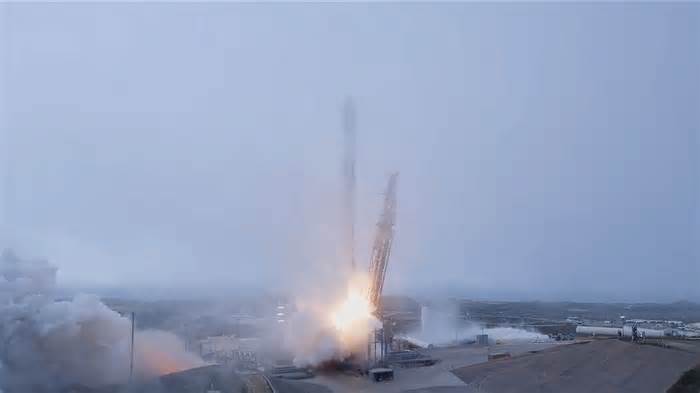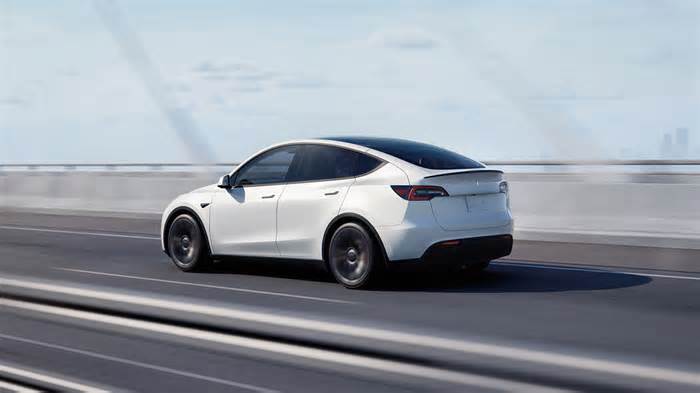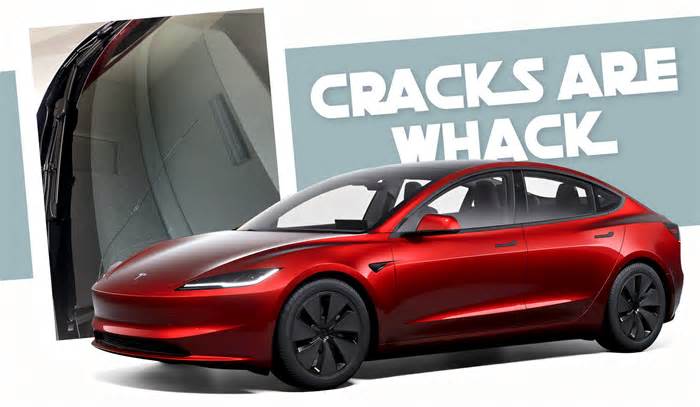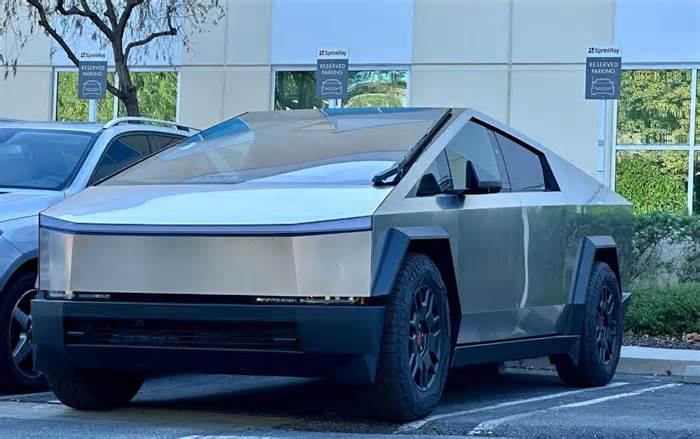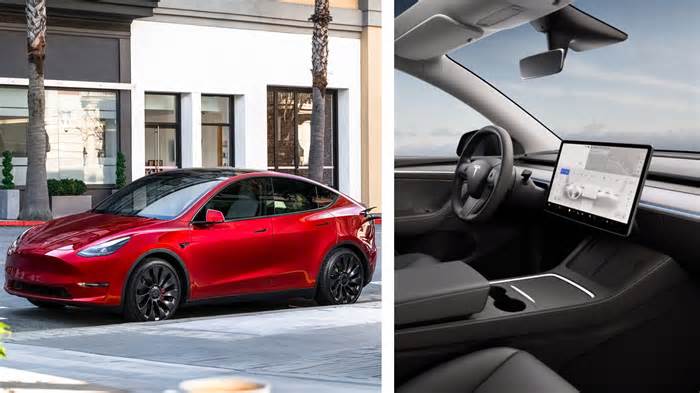
Mission Assurance Redefined: SpaceX-NASA Partnership Secures Critical ISS Crew Retrieval amid Starliner Setbacks
- by thesiliconreview
- Jan 29, 2025
- 0 Comments
- 0 Likes Flag 0 Of 5

29 January, 2025
NASA pivots to SpaceX’s Dragon spacecraft for 2025 astronaut retrieval after Boeing’s Starliner delays, spotlighting the strategic imperative of redundancy in high-risk aerospace operations.
In a high-stakes demonstration of contingency planning, NASA has activated SpaceX’s Dragon spacecraft to safely return astronauts Butch Wilmore and Suni Williams from the International Space Station (ISS) by late March 2025—a mission originally assigned to Boeing’s troubled Starliner capsule. The decision follows a cascade of technical failures in Starliner’s propulsion and software systems, including helium leaks and thruster malfunctions identified during its June 2024 launch, forcing NASA to prioritize crew safety through a proven alternative. This marks the first time the agency has relied on a competitor’s vehicle to resolve a crewed mission crisis, underscoring the growing role of public-private agility in safeguarding national space assets. The operational shift carries strategic implications for defense technology stakeholders. SpaceX’s Dragon—already certified under NASA’s Commercial Crew Program—will deploy enhanced thermal shielding and AI-powered abort trajectory algorithms refined through 14 prior ISS missions. Meanwhile, Boeing’s Starliner, developed under a $4.2 billion fixed-price contract, faces a Congressional audit over systemic quality control gaps, with Defense Department observers noting parallels to recent military procurement challenges in hypersonic and satellite systems.
The critics analyzed that the incident reinforces the Pentagon’s push for multi-vendor architectures in critical systems, mirroring spaceflight’s "two-provider" model to mitigate single-point failures. Dragon’s success may accelerate adoption of SpaceX’s Raptor engine-derived abort systems in next-gen missile defense platforms. NASA’s use of machine learning to simulate 12,000 re-entry scenarios for this mission validates AI’s role in rapid contingency planning—a capability with direct applications in unmanned aerial systems (UAS) and contested logistics. Defense contractors should audit dual-use space technologies (e.g., radiation-hardened components, autonomous docking systems) for adaptability to terrestrial C5ISR networks, while investing in cross-platform AI training environments to stress-test crisis response protocols.
Latest Updates (as of July 2024) is that Boeing has initiated a $1.1 billion overhaul of Starliner’s propulsion module, partnering with Aero jet Rocket dyne to replace faulty valves. SpaceX’s Dragon for this mission will test a new NASA-funded "splashdown avoidance" system using real-time wave analytics—a capability critical for future lunar and Mars crew recovery and the Pentagon’s Space Force has opened dialogue with SpaceX to adapt Dragon’s crew safety protocols for its classified Orbital Warfare missions. This strategic pivot underscores a broader truth: In an era of Great Power competition, mission assurance increasingly depends on the ability to rapidly integrate commercial breakthroughs into defense frameworks—a lesson with ramifications from low-Earth orbit to terrestrial battlefields.
MOST VIEWED ARTICLES
Please first to comment
Related Post
Stay Connected
Tweets by elonmuskTo get the latest tweets please make sure you are logged in on X on this browser.
Sponsored
Popular Post
tesla Model 3 Owner Nearly Stung With $1,700 Bill For Windshield Crack After Delivery
33 ViewsDec 28 ,2024
Middle-Aged Dentist Bought a Tesla Cybertruck, Now He Gets All the Attention He Wanted
32 ViewsNov 23 ,2024





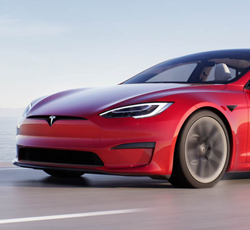
 Energy
Energy